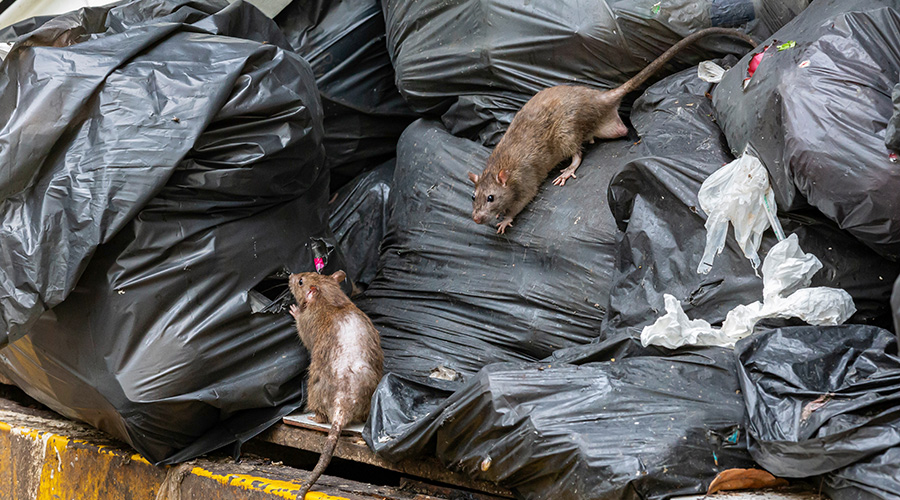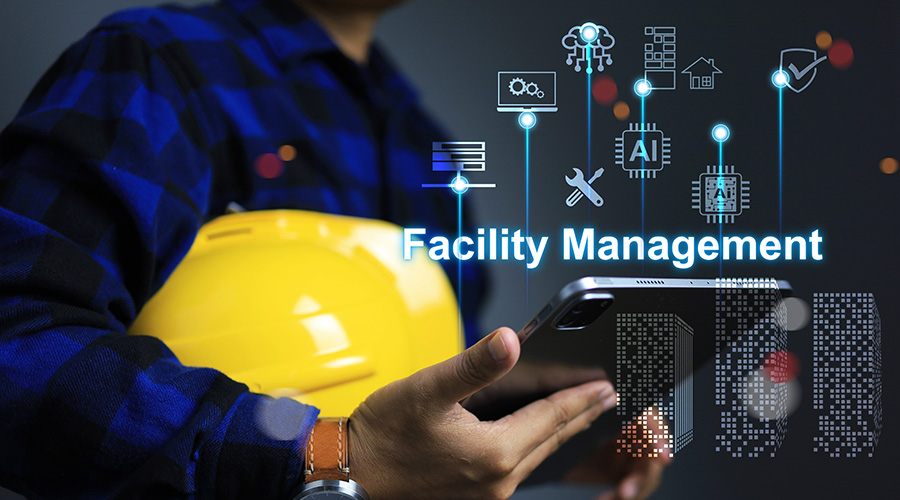Latest Developments in Traps, Tech and Pest Control
Traps and poison have evolved to include modern solutions such as fertility control, monitoring devices and IoT sensors for detection.
Rats, mice, roaches, flies — pests of all types are a nuisance for maintenance and engineering managers to deal with, as they can both infiltrate and infest institutional and commercial facilities quickly. Fortunately, there are many tools available to facility managers to rout pests and keep them under control.
Facility Maintenance Decisions spoke with pest control manufacturers to learn about the latest advancements in pest control technology.
FMD: What are some of the latest innovations in pest control technologies and methods?
“The latest technologies and methods we are seeing in pest control all focus on proactive steps, like integrated pest management (IPM) that focuses on keeping pests out of facilities and monitoring to be able to respond quickly and accurately when pests do arrive. New advances in monitoring devices, including LED-powered fly light traps and new insect pheromone devices, allow precise monitoring for individual species, allowing pest professionals to pinpoint where pests are in a facility to isolate and help eliminate pests immediately.
New advances in connected devices are being tested now to allow these monitors to even be monitored remotely. When products do need to be used to address pests, the focus is on safer and less toxic products, like insect growth regulators to stop breeding potential, and in some industries, even organic pesticides can be utilized. When traditional products are used, they are constantly being evaluated and updated by manufacturers to be safer and more effective, so you can use less to do more.”
— Ian Williams, technical services manager, Rollins Inc.
“Remote sensing is a recent innovation in rodent pest control. By using 4G connected sensors it’s possible to detect new incursions of rodents before they become established, nested and reproducing. It’s also possible to establish more efficient site visits, as technicians can be dispatched only when there is trapping or monitoring activity.”
— Blair Calder, chief executive officer, Automatic Trap Company
“Pest control has long been a crucial aspect of maintaining healthy and safe environments in both urban and rural settings. Traditionally, the battle against pests has been waged with poisons and traps, but these methods often fall short in achieving long-term results. As we move forward, innovative technologies and approaches are revolutionizing how we manage pest populations, offering more effective, humane and environmentally friendly solutions.
One of the most groundbreaking developments in pest control is the use of fertility control. This method offers a proactive approach by targeting the reproductive capabilities of pests, specifically rodents. Unlike traditional poisons, which can lead to rebounds in rodent populations, fertility control offers a sustainable, long-term solution that minimizes the ecological impact. Fertility control provides a new and practical approach for pest control that coincides with traditional measures and aligns with the principles of IPM.”
— Courtney Ray, technical product director, SenesTech
FMD: How can the Internet of Things be used with pest control?
“Remote sensing is ideal for rodent pest control companies and enterprises that have large, distributed infrastructure to protect. Bluetooth and Internet connected traps and monitors can work with smaller facilities to help monitor and protect a single building. Being notified on your mobile device of a successful kill in a trap in a warehouse or storage facility, inside of a machine or vehicle, can save you the effort of checking the traps.”
— Blair Calder, chief executive officer, Automatic Trap Company
“Internet of Things-enabled (IoT) traps and sensors offer real-time monitoring and reporting of pest activity. They can detect movement, capture images and measure environmental conditions, allowing for precise targeting and timely interventions to help manage pests.
IoT offers pest control companies significant advantages in service efficiency and operational effectiveness. Benefits include:
- Monitoring: Deploy IoT-enabled traps and sensors to monitor pest activity in real-time.
- Reporting: Generate detailed reports on pest activity and environmental conditions automatically with IoT systems.
- Preventive Strategies: Use data insights from IoT devices to develop targeted preventive measures, helping reduce the incidence of pest infestations proactively.
- Device Selection: Choose from a variety of IoT devices like smart traps and sensors based on specific pest control needs, enhancing flexibility and effectiveness.”
— Ian Williams, technical services manager, Rollins Inc.
FMD: What are the best methods for dealing with bug problems or even infestations?
“Dealing with pest problems or infestations requires a proactive approach, focusing on key points throughout supply chain to prevent pest entry and infestation:
- Supplier Awareness: Understand the types of materials coming into your facility from your suppliers and their associated pest risks. Assess the sanitation practices and pest control measures at supplier facilities when possible — even small gaps or prolonged open doors can invite pests into the supply chain.
- Transport and Packaging Vigilance: Maintain rigorous sanitation standards for transport vehicles. Inspect incoming cardboard boxes thoroughly, as pests like cockroaches can hide in packing materials. Ensure proper storage and disposal of packaging to help minimize the appeal to pests.
- Warehouse Management: Regularly monitor loading docks, transloading activities and storage areas for signs of pests. Implement strict cleanliness protocols and proactive pest prevention strategies within warehouses.
An IPM approach includes exclusion, sanitation and facility maintenance, which should always be top priorities. But even with strict maintenance and sanitation protocols, some pests require further treatment for you to help manage their presence. The process involves a comprehensive facility inspection, a customized pest treatment plan and ongoing monitoring to help prevent infestations from reoccurring.”
— Ian Williams, technical services manager, Rollins, Inc.
FMD: What are the best traps to use to deal with rodents?
“Self-resetting, non-toxic, humane kill traps are the best traps for rodents. If you are trapping outdoors in a wooded / wildland area, dead rodents will be scavenged by many different animals such as birds, opossum, skunks, coyotes, foxes, wild cats, mountain lions. If you are trapping indoors then self-resetting traps allow for multiple rodents to be trapped in a single night.
Glue traps are cruel, medieval devices that subject rodents to unspeakable horror. In many countries they are banned, and they should be banned everywhere. Live traps are not as humane as they are thought to be because rodents released elsewhere have a low survival rate. One way to think about it is that most mice live 25 feet in any direction their whole lives. They have their travel pathways, their food location, their nest and their fellow mice. To take away all four at once would be like dropping a person in another country where they don’t speak the language, have no food, water, money, or idea where they are and everyone in that country wants to kill them. Glue traps and live traps aren’t the best or most effective solutions for rodent control.”
— Blair Calder, chief executive officer, Automatic Trap Company
Jeff Wardon, Jr. is the assistant editor for the facilities market.
Related Topics:













